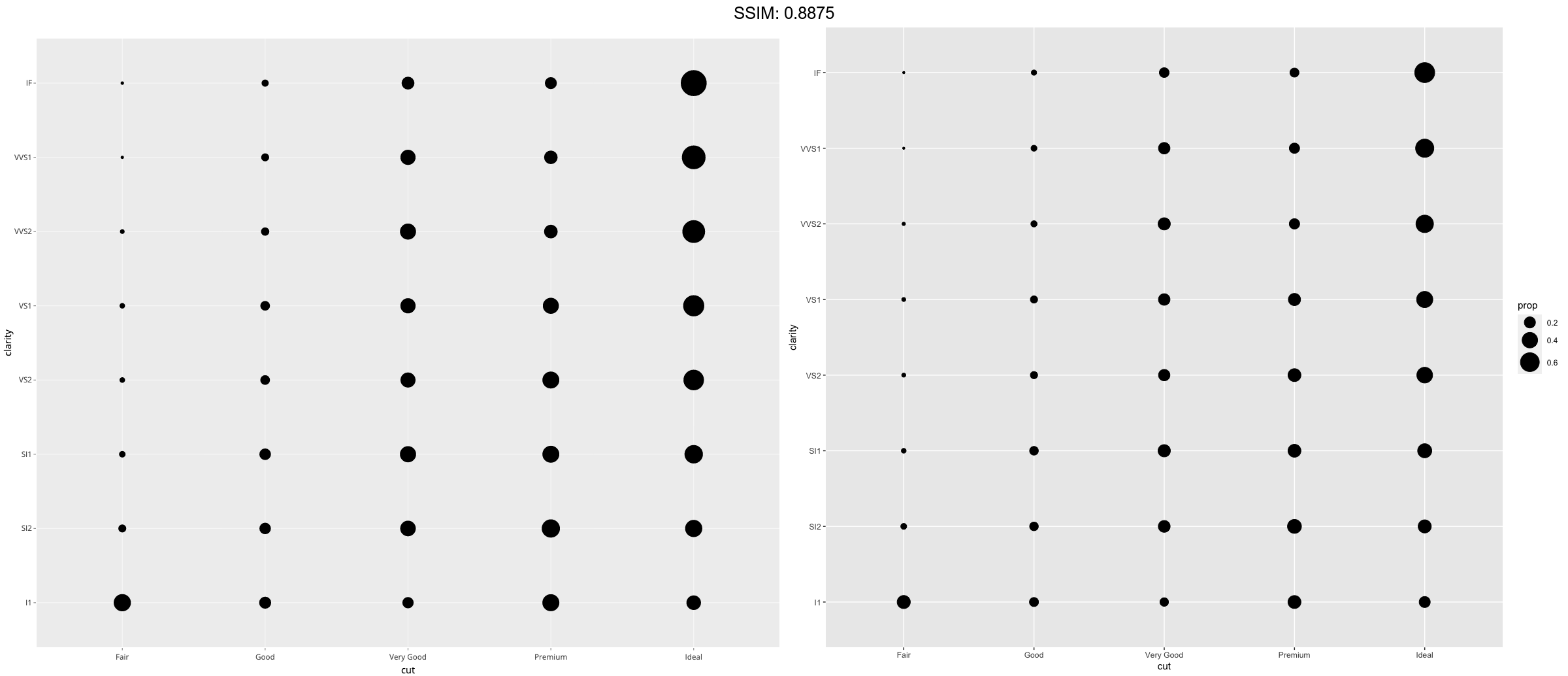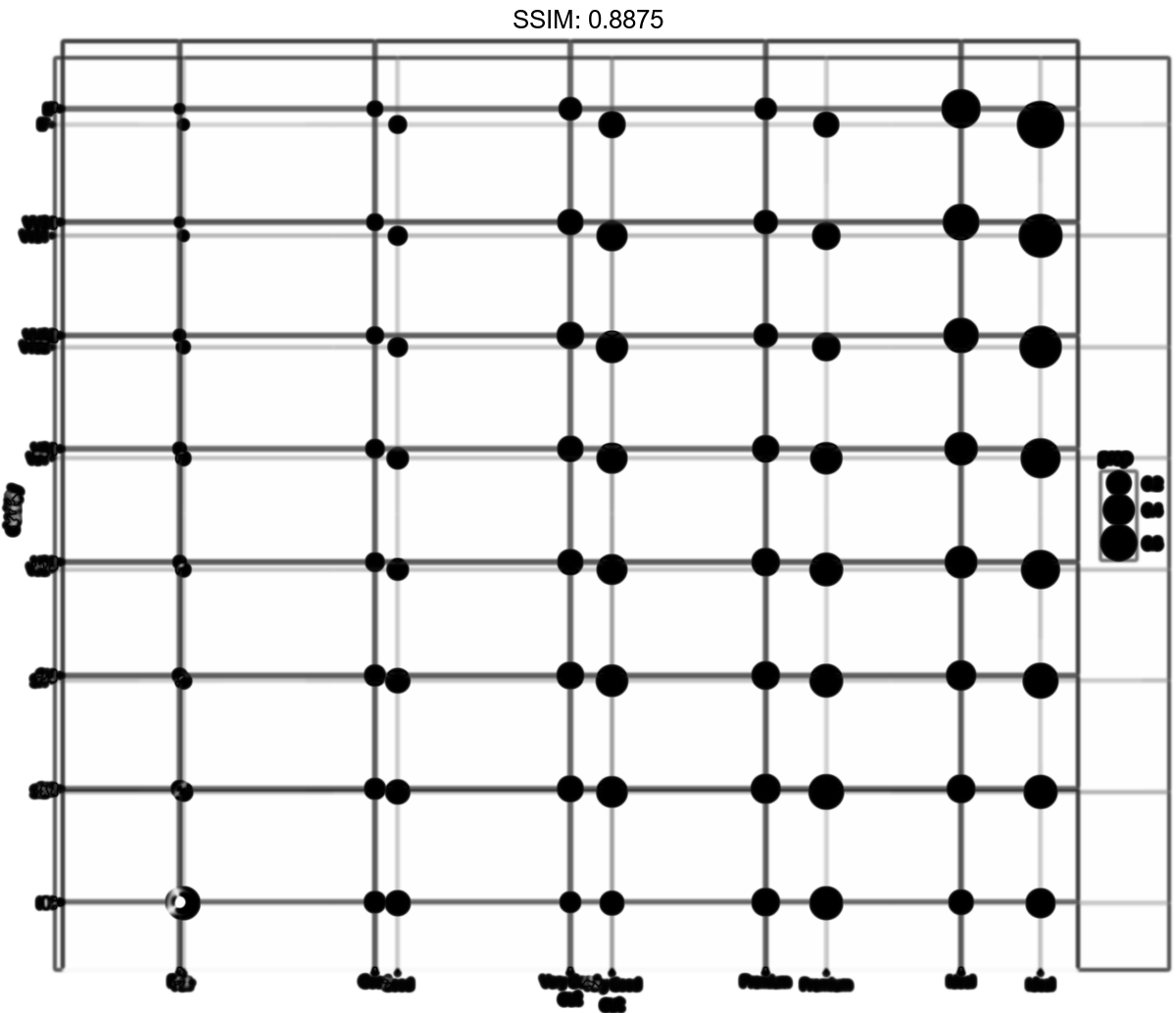GGPLOT - geom_count
Counts the number of observations at each location, then maps the count to point area and then convert them with ggplotly.
p <- ggplot(mpg, aes(cty, hwy)) + geom_point()
plotly::ggplotly(p)

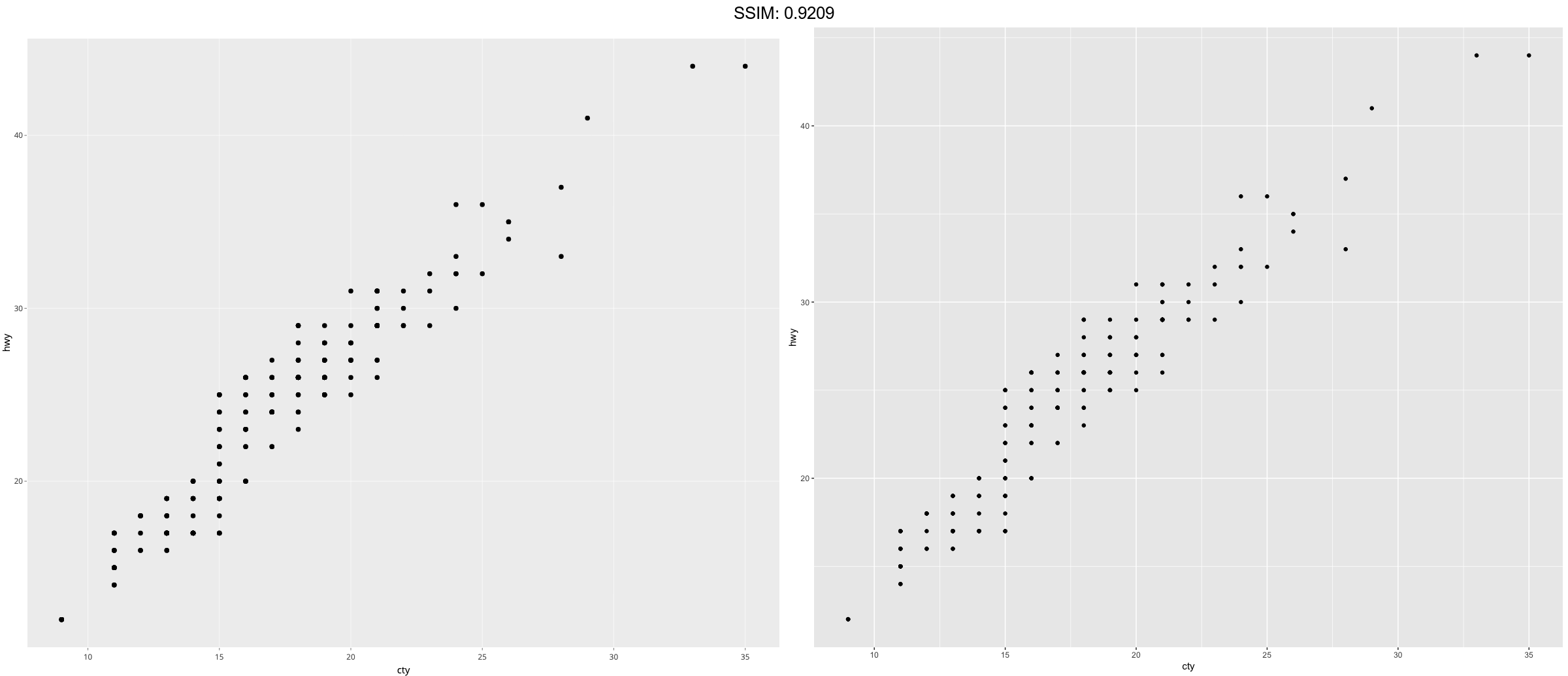
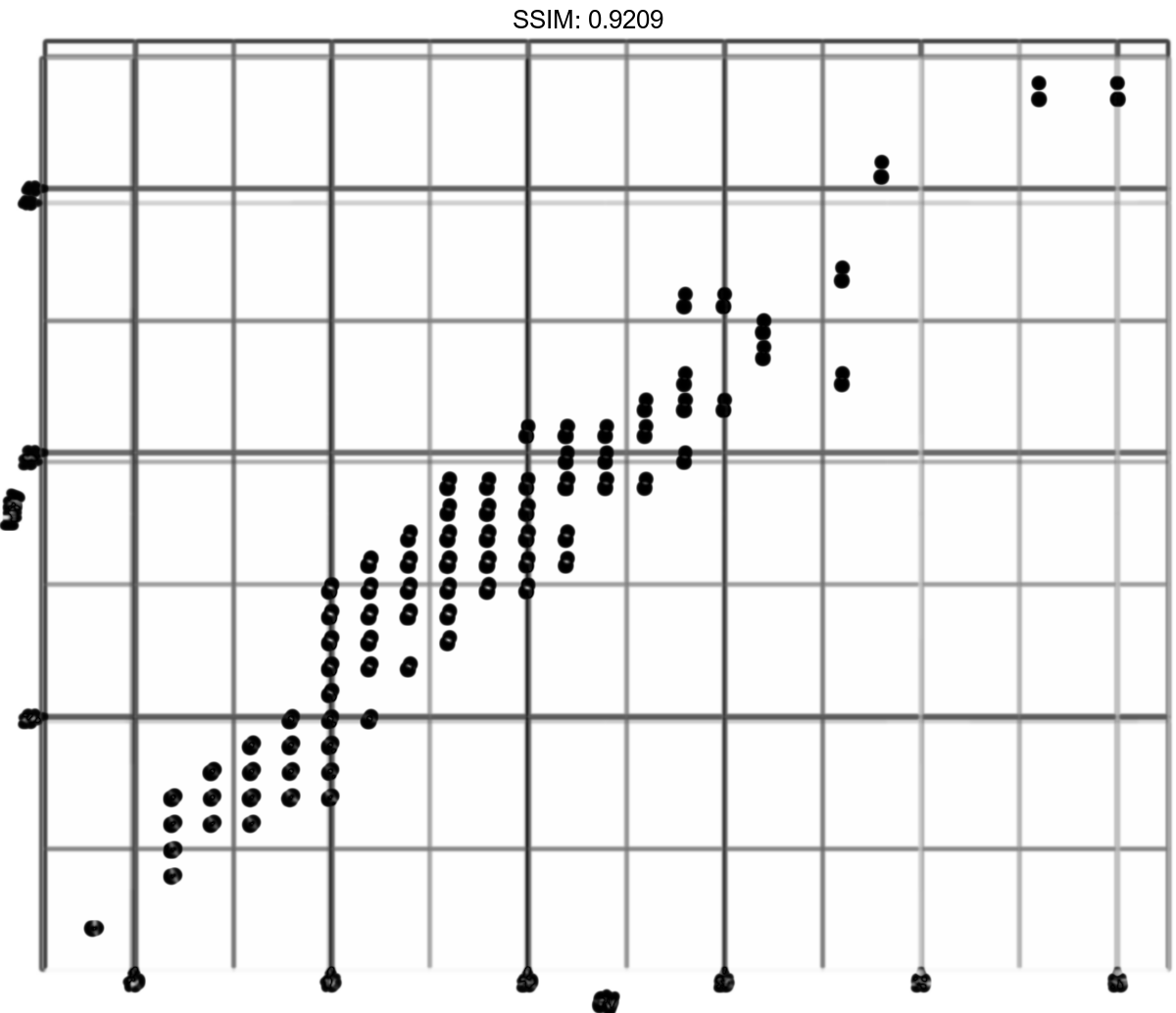
p <- ggplot(mpg, aes(cty, hwy)) + geom_count()
plotly::ggplotly(p)

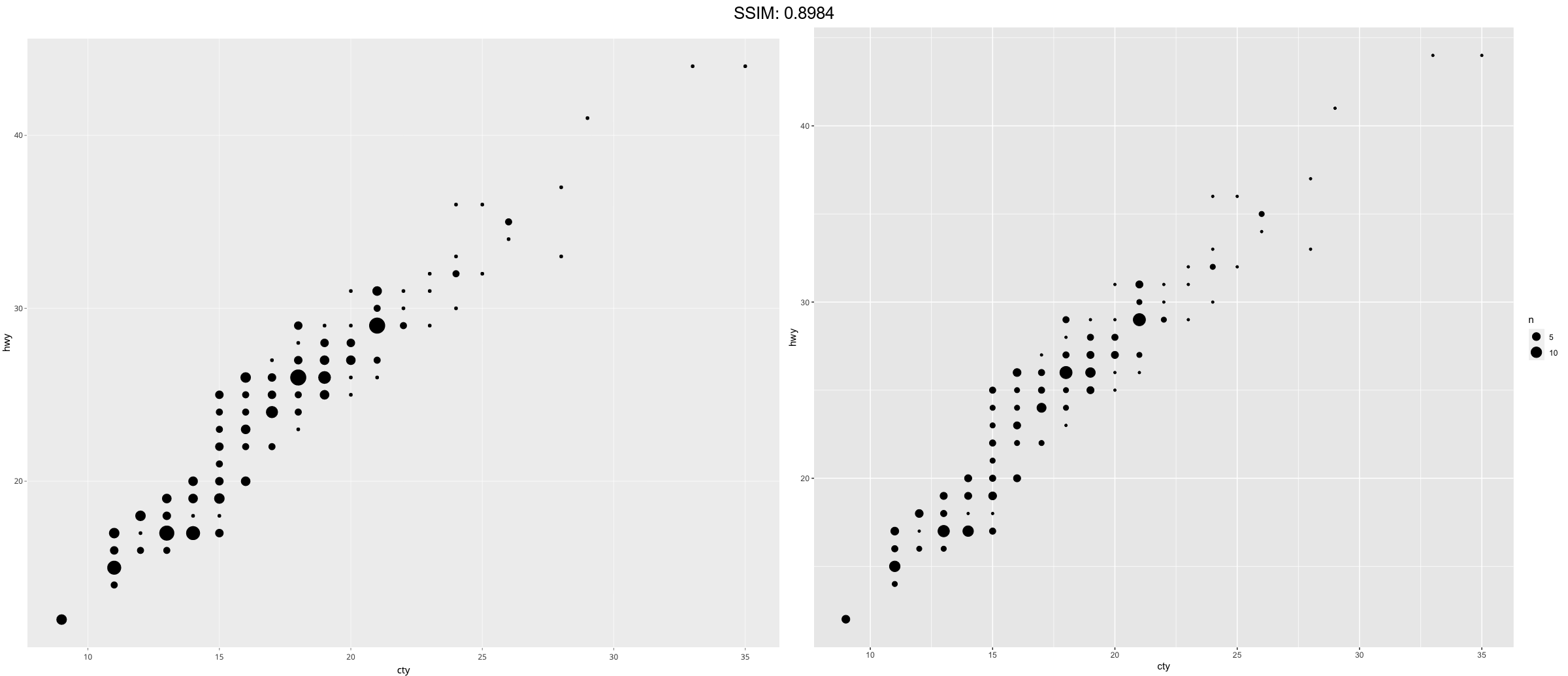
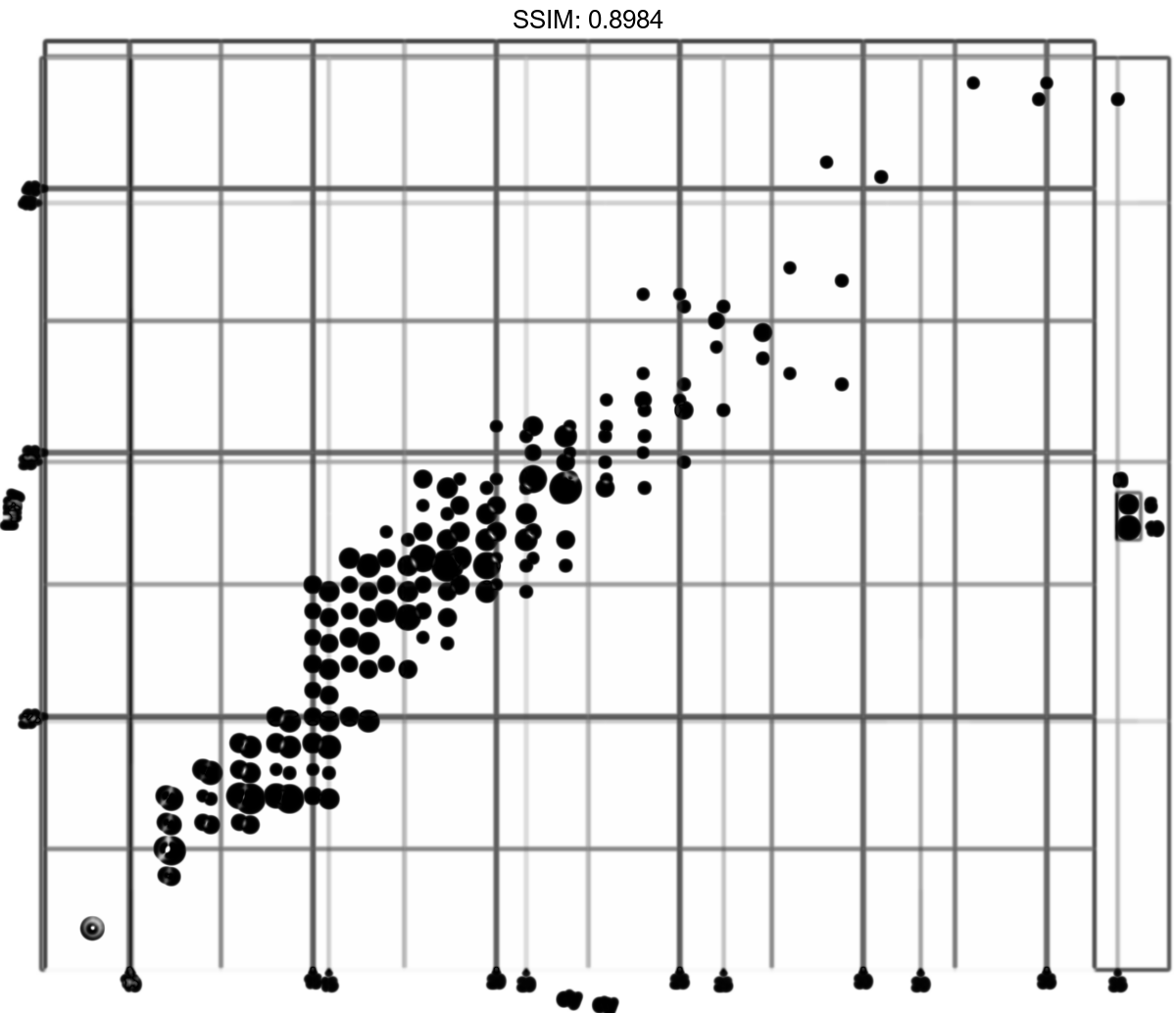
p <- ggplot(mpg, aes(cty, hwy)) + geom_count() + scale_size_area()
plotly::ggplotly(p)

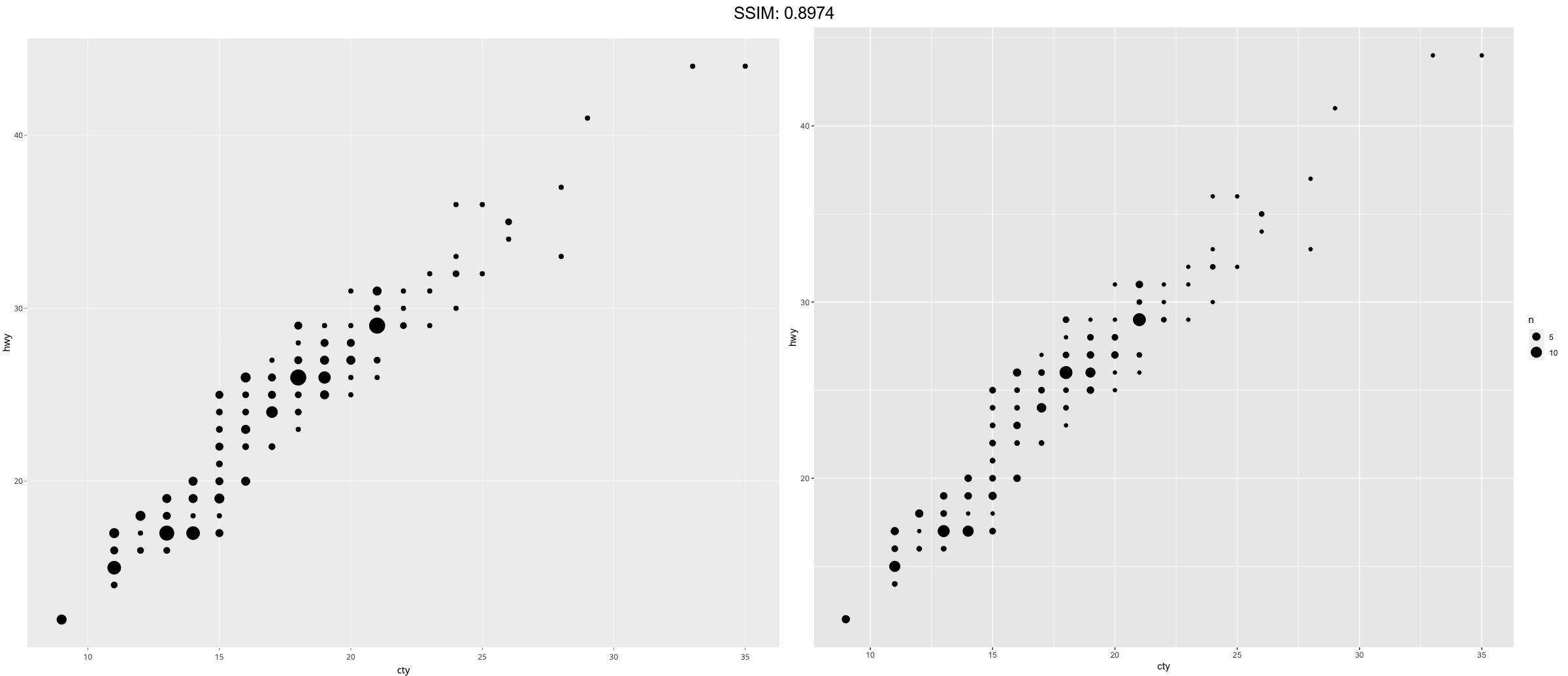
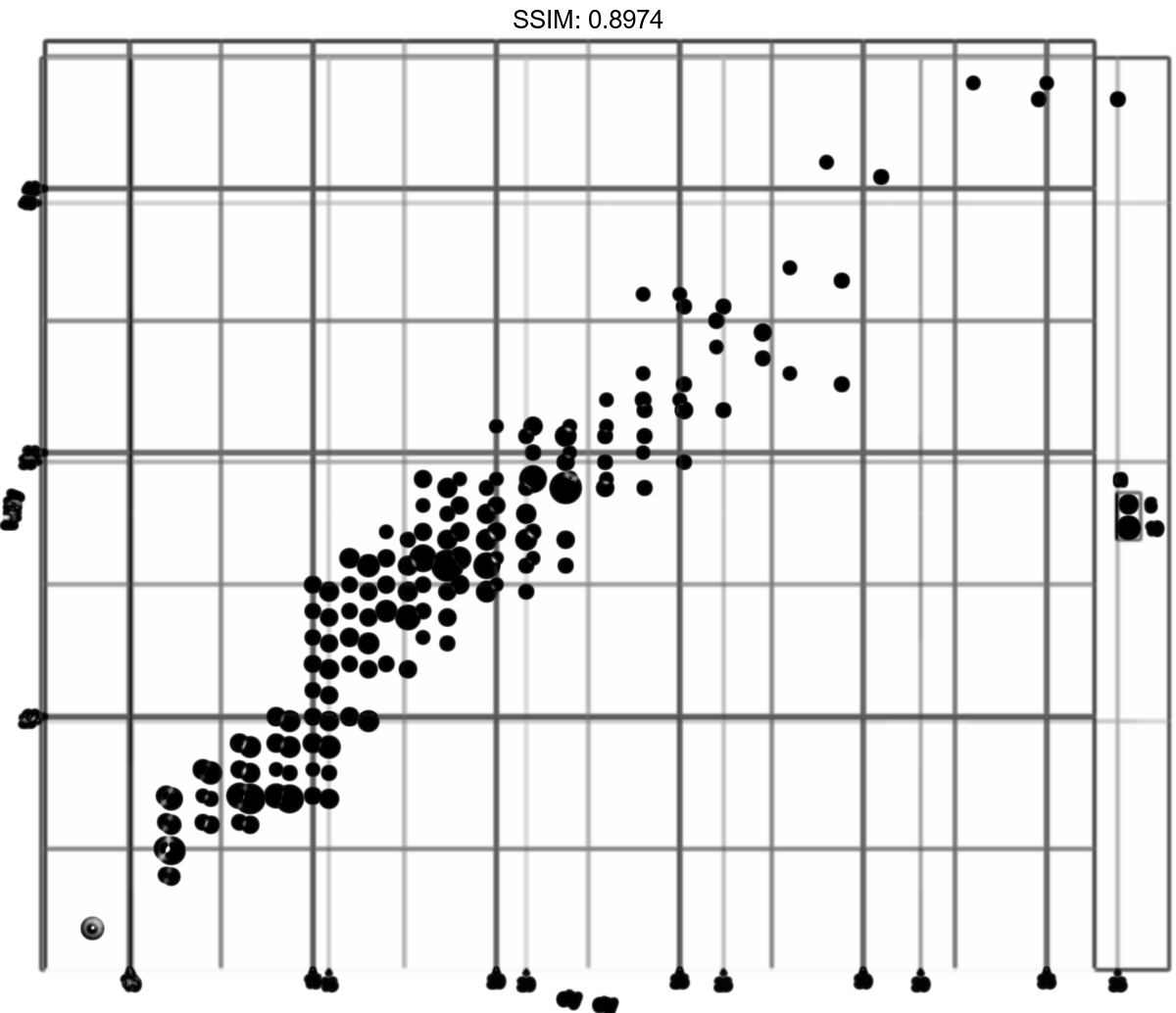
d <- ggplot(diamonds, aes(x = cut, y = clarity)) p <- d + geom_count(aes(size = after_stat(prop)))
plotly::ggplotly(p)

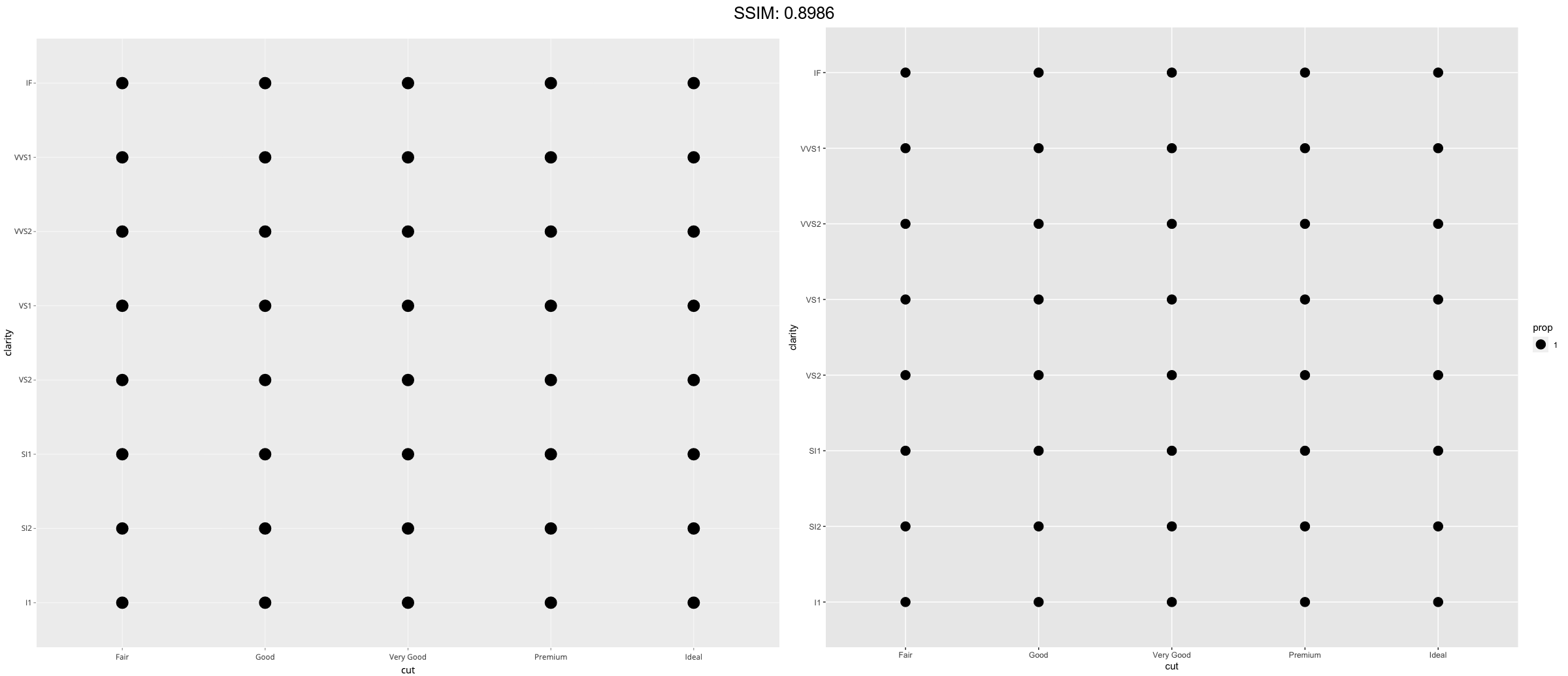
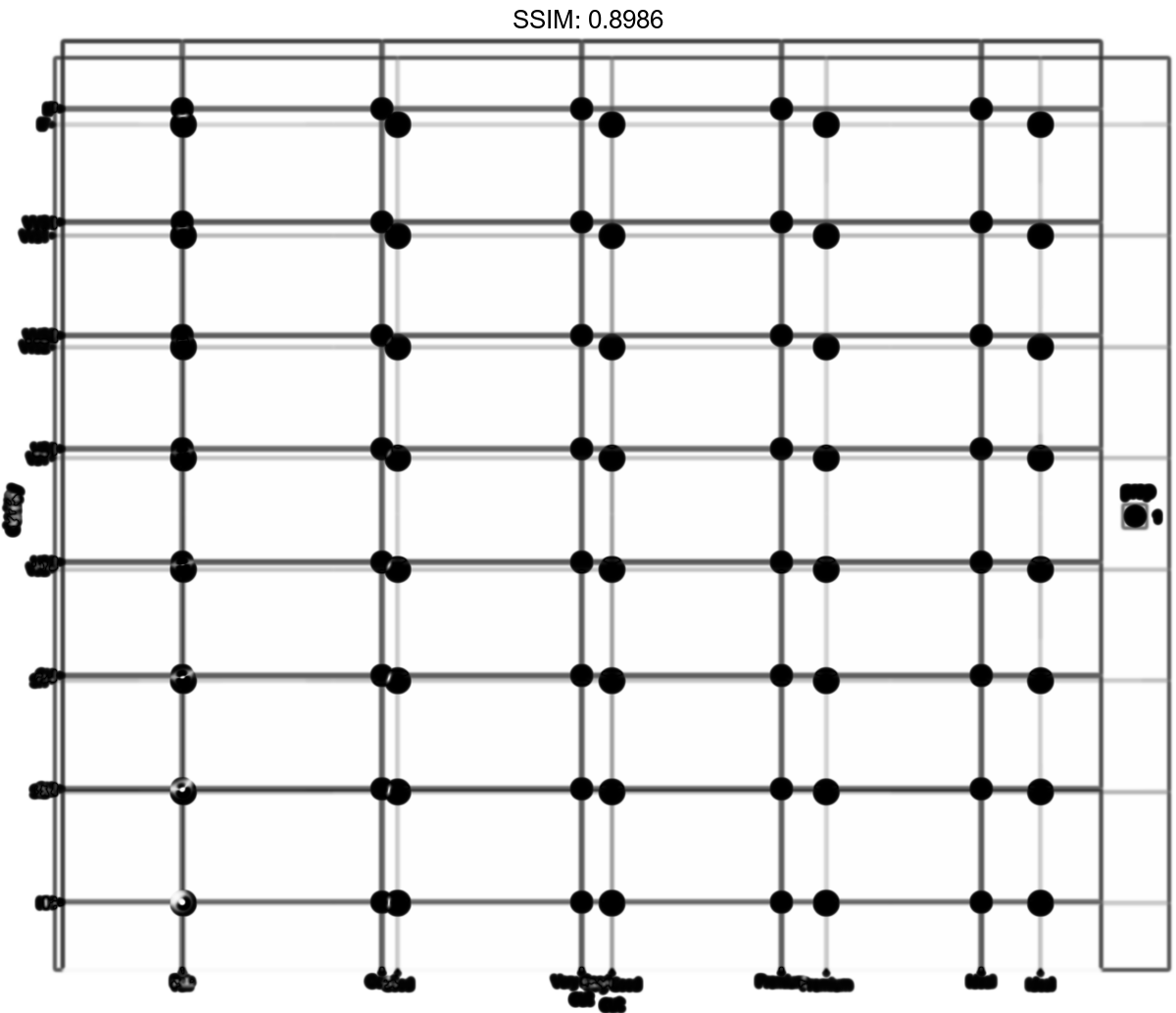
d <- ggplot(diamonds, aes(x = cut, y = clarity)) p <- d + geom_count(aes(size = after_stat(prop), group = 1)) + scale_size_area(max_size = 10)
plotly::ggplotly(p)

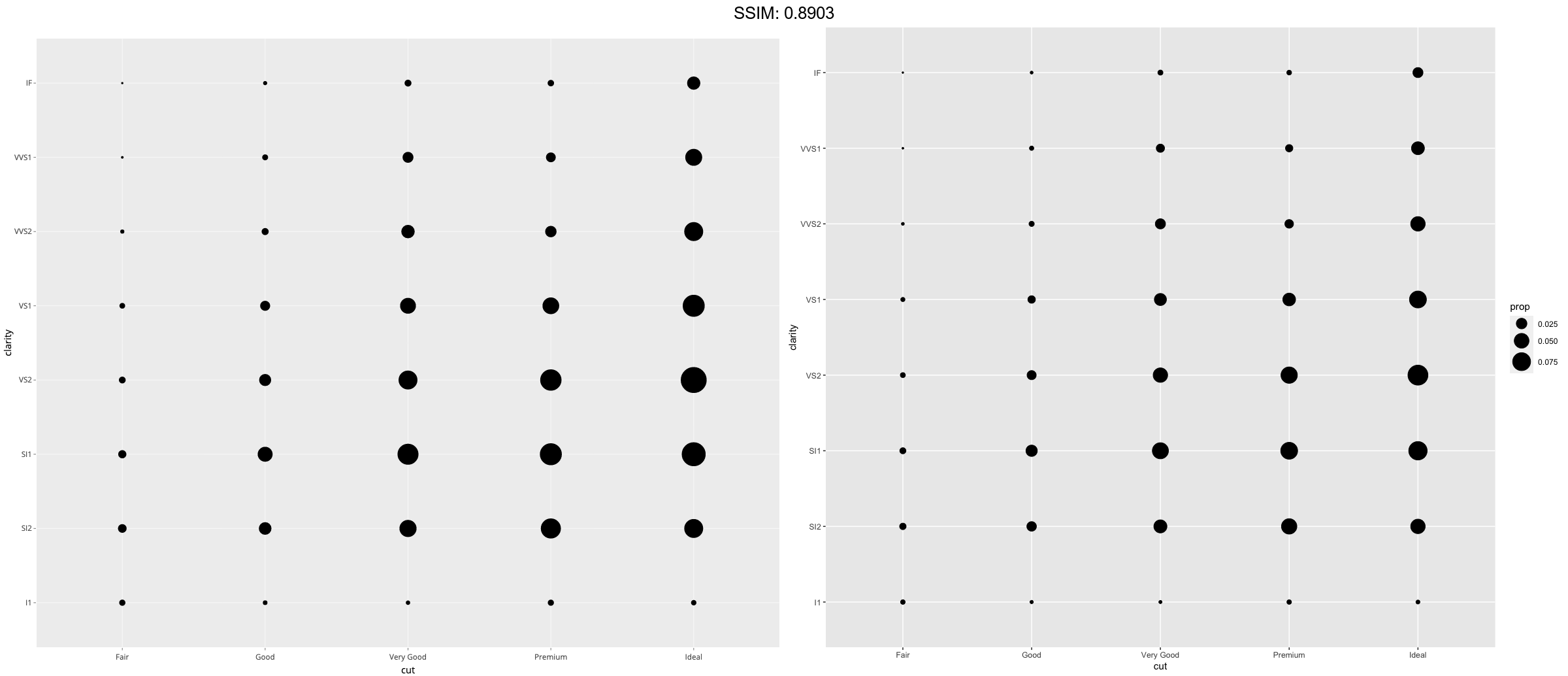
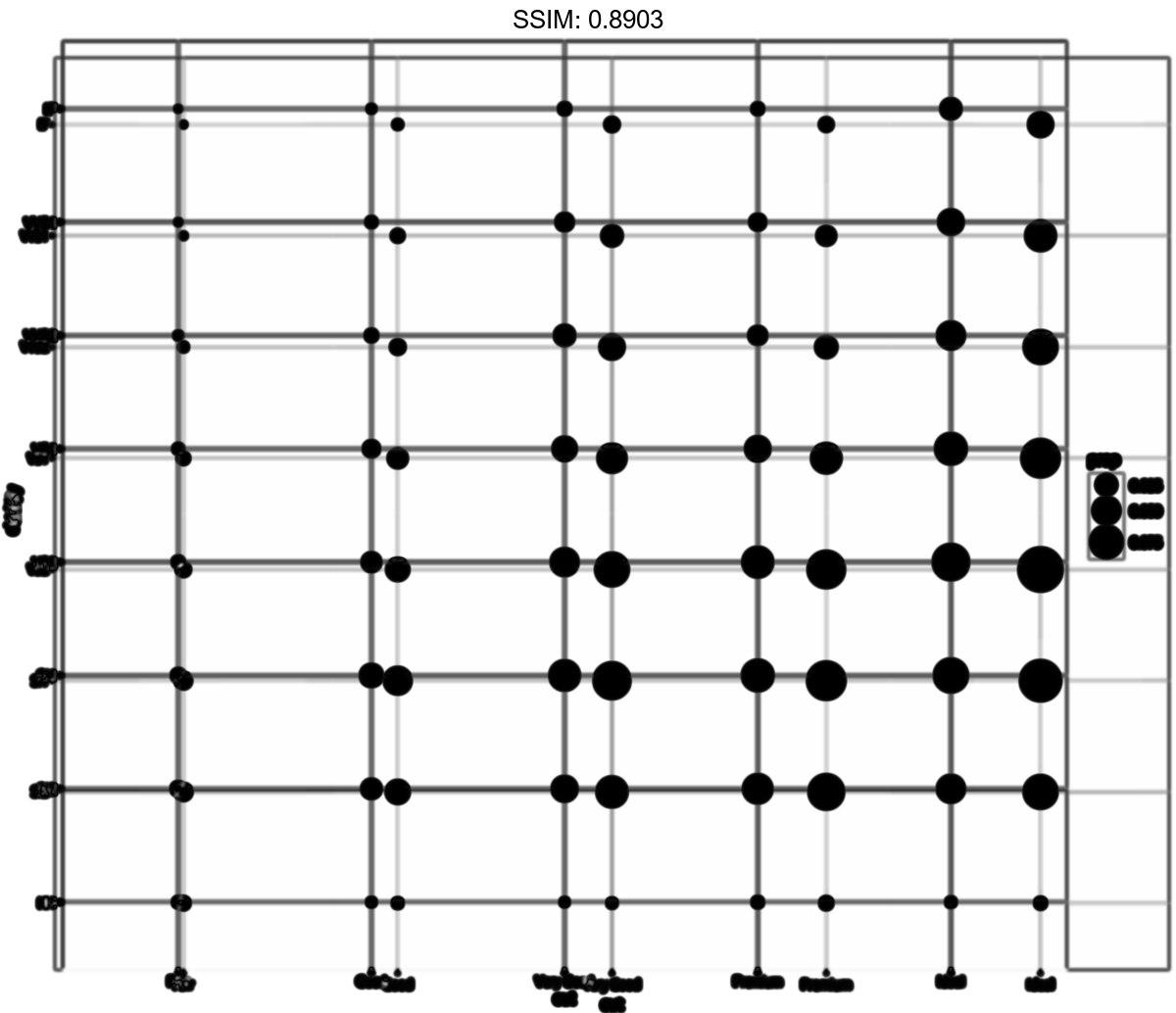
d <- ggplot(diamonds, aes(x = cut, y = clarity)) p <- d + geom_count(aes(size = after_stat(prop), group = cut)) + scale_size_area(max_size = 10)
plotly::ggplotly(p)

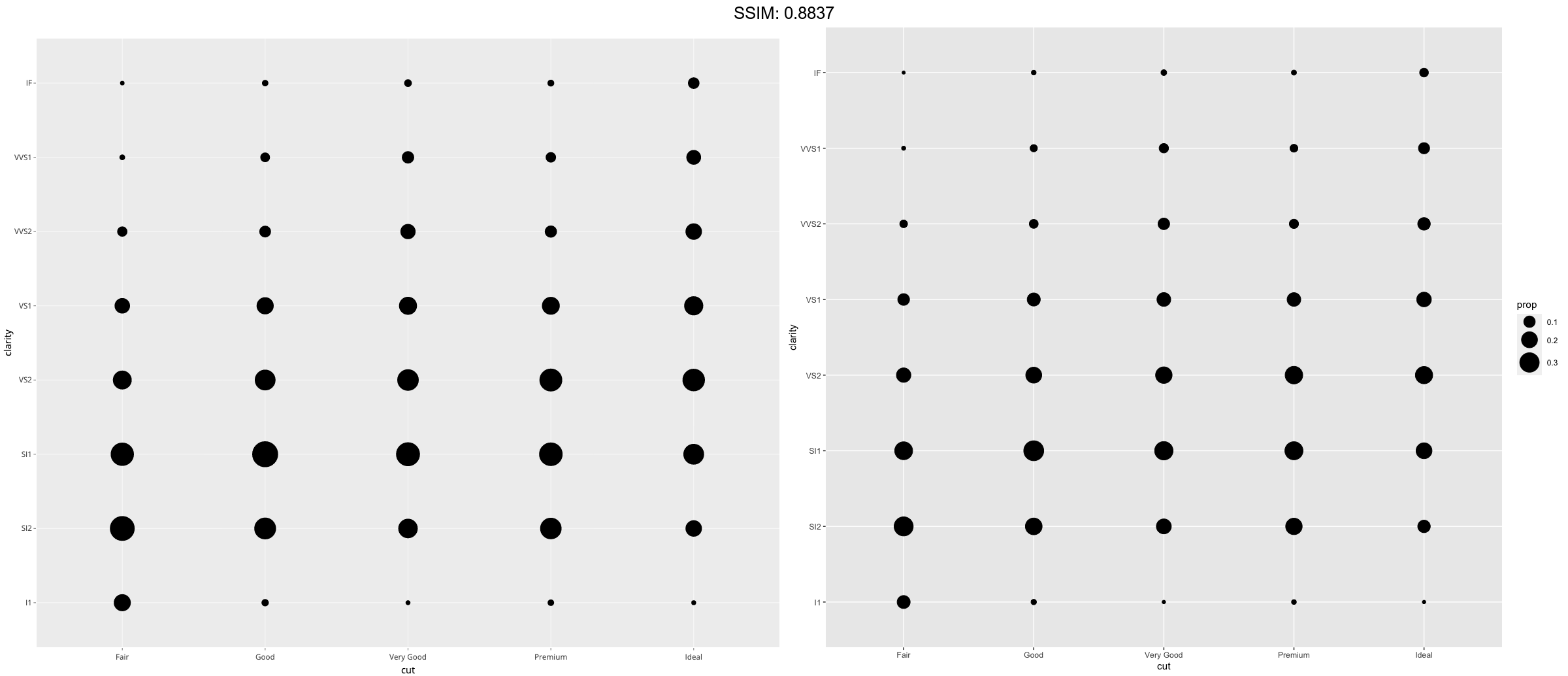
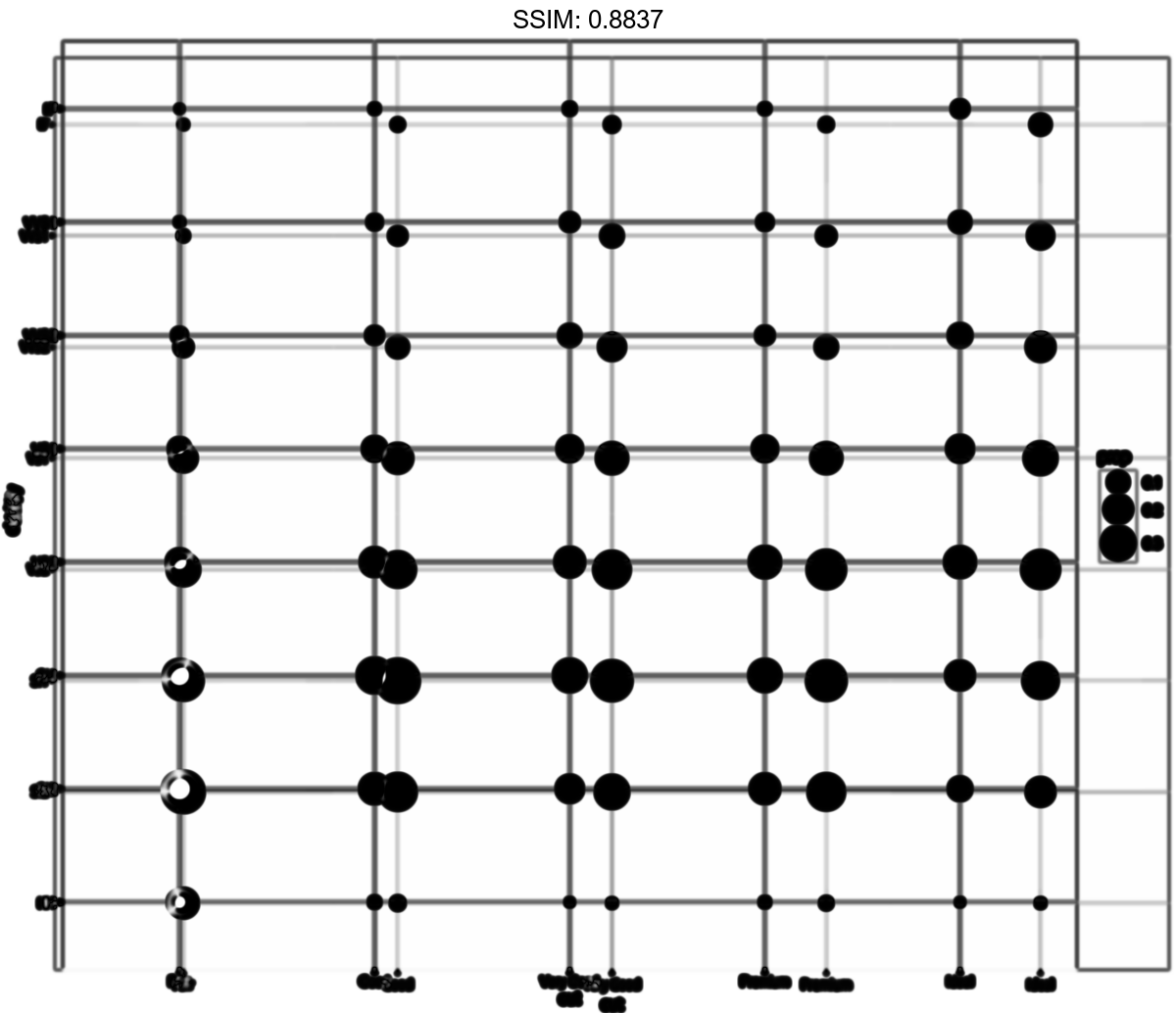
d <- ggplot(diamonds, aes(x = cut, y = clarity)) p <- d + geom_count(aes(size = after_stat(prop), group = clarity)) + scale_size_area(max_size = 10)
plotly::ggplotly(p)

